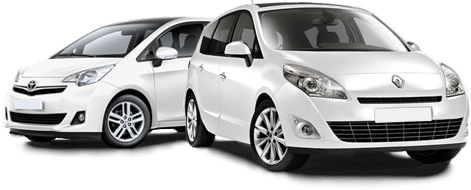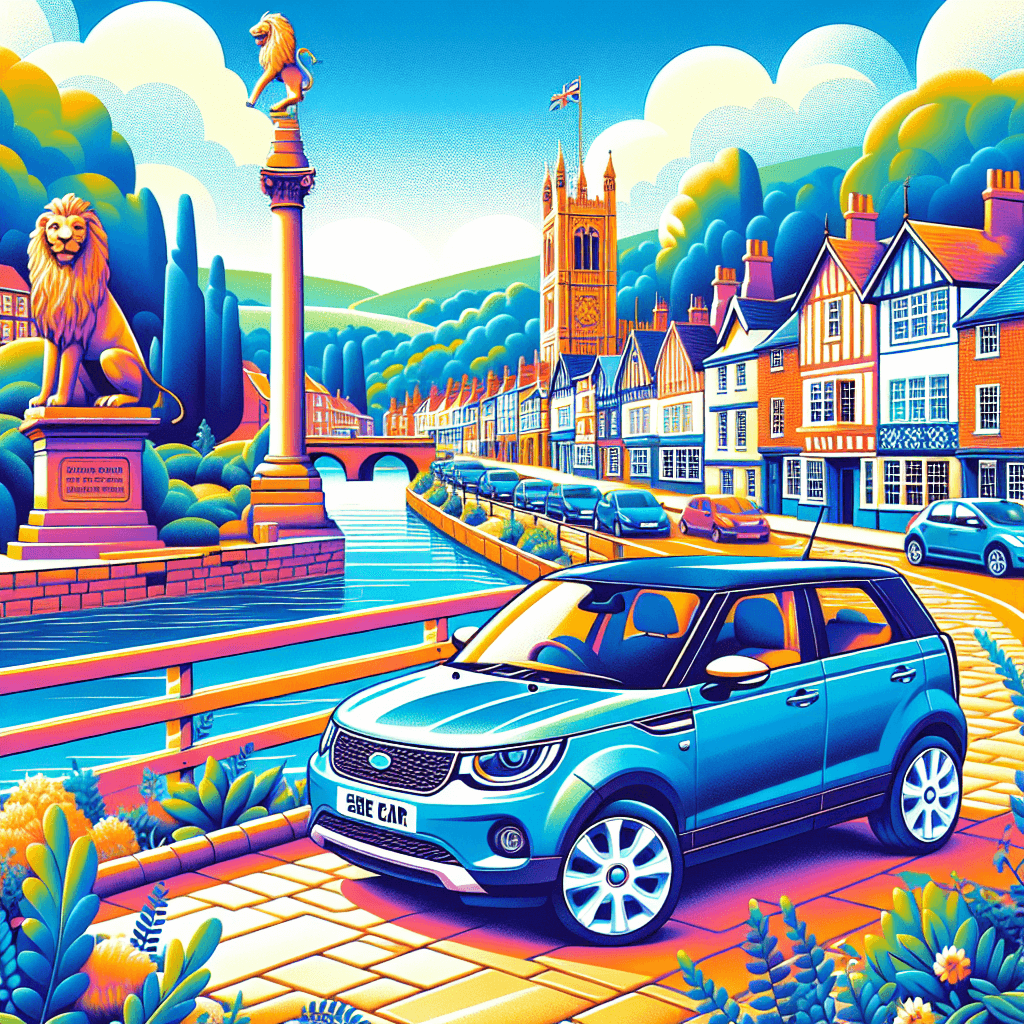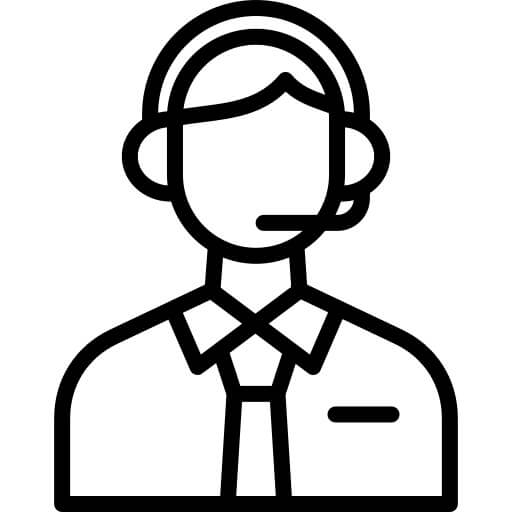Car Hire in Reading | Book at Unbeatable Prices

Compare Prices and Book from the Top Car Rentals






Car Hire in Reading
Unveiling the Treasures of Reading and Beyond by Car

Welcome to Reading, a dynamic and thriving city in Southern England. Conveniently located just 40 miles from London, this vibrant city is well-served by a variety of transport links, making it an ideal base for explorations throughout the wider region. Read on for our top recommendations on how to best enjoy your stay and make the most out of your time in Reading, either within the city itself or by hire car.
Undeniably, one of Reading's most famous landmarks is its beautiful Reading Abbey, a 12th-century monastic complex that plays a significant part in history. Pair this with a visit to the Reading Museum, which competently weaves together the town's history. If you are planning on hiring a car, it's worth mentioning that Stonehenge, one of England's most iconic landmarks, is only an hour away. Other attractive short car trips include The Cotswolds, located 50 miles away, or Oxford, just a 25-mile short journey.
Beyond experiencing the city's historical sites, Reading also boasts a multitude of shopping centres, from modern retail complexes such as The Oracle to the charming Harris Arcade. Out in the countryside, many beautiful estates, such as the Basildon Park, offers scenic walks and stunning landscapes. So, whether you're exploring the city streets, setting off on a road trip in your hire car or simply looking to relax and enjoy the lush, scenic parks, Reading offers something for every traveller.





